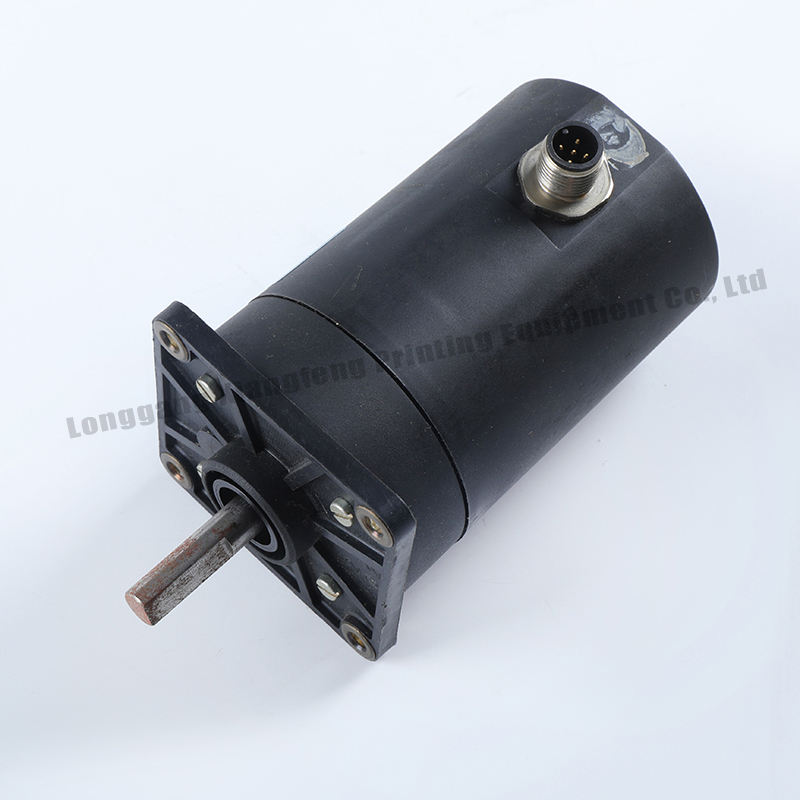Call us
+86-19818583496
+86-0577-68586867
Introduction
The Printing Machine Motor plays a critical role in powering the modern printing industry. From small-scale packaging to large-volume publishing, printing machines depend on motors to deliver consistent speed, reliable torque, and precise operation. Recent innovations highlight three key priorities: boosting energy efficiency, adopting intelligent control technologies, and strengthening durability with improved materials. These advancements are redefining how printing equipment operates in demanding production settings.
Printing Machine Motor: Focus on Energy Efficiency
Energy efficiency has become a priority in many industries, and printing is no exception. A motor that consumes less electricity can directly lower operational costs while reducing environmental impact. Printing machine motors are now designed with optimized winding techniques and improved magnetic materials that allow them to convert more electrical power into mechanical output.
Compact structures also contribute to efficiency. Motors that take up less space but deliver the same or higher performance help manufacturers build lighter and more cost-effective printing machines. At the same time, better cooling systems prevent energy losses caused by overheating, ensuring the motor can maintain steady output during long production runs. These innovations are particularly valuable for businesses that run machines continuously for packaging, labeling, and high-volume printing tasks.

Printing Machine Motor: Smarter Control Systems
Modern printing requires accuracy, especially when producing materials with complex designs or high-quality graphics. Motors equipped with smarter control systems address this demand. When paired with servo systems or variable frequency drives, printing machine motors deliver accurate speed regulation and reliable torque control.
This smart integration results in smoother motion and fewer vibrations, which directly impacts print quality. Even small errors in motor performance can affect alignment or cause defects in the final product. Smarter controls also allow operators to adjust printing parameters quickly, supporting shorter setup times and reducing material waste.
In addition, these systems often include diagnostic features. Operators can monitor motor performance in real time and identify issues before they result in costly downtime. This makes the printing process not only more accurate but also more reliable from an operational standpoint.
Printing Machine Motor: Materials and Reliability
Durability is another essential factor in motor design. Printing machines frequently operate in demanding conditions, running for hours or even days at a time. Motors must be able to withstand mechanical stress, friction, and heat while continuing to perform consistently.
Recent advances in materials have significantly improved reliability. Stronger alloys, better insulation for windings, and heat-resistant coatings extend the life of motors under continuous use. Bearings and housings are also being redesigned to reduce wear, which cuts down on maintenance requirements and unplanned stoppages.
Reliability not only protects the investment in equipment but also ensures that printing businesses can meet tight deadlines. A stable motor minimizes the risk of interruptions, giving companies confidence in their production schedules.
Conclusion
The development of the Printing Machine Motor reflects the broader direction of the printing industry. With an emphasis on efficient energy use, smarter controls, and consistent reliability, manufacturers offer systems that improve workflow and help manage operational costs.These improvements make printing operations more sustainable, precise, and dependable.
For product information and inquiries, please contact Xiangfeng Company.
Contact Us